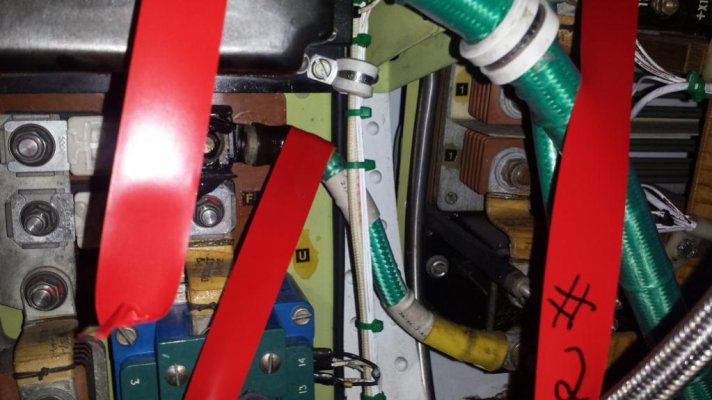jleonard
Guru
- Joined
- Jun 25, 2008
- Messages
- 5,177
Were I used to work as an engineer we used Molex connectors and had crimp machines. I had to teach operators how to inspect their work so I got the guide (because I didn't know squat about it).
I have a copy of their crimping guide which had some nice illustrations of what good and bad crimps look like.
While I do not really want to post it here I will send the file to anyone interested .
They only go up to size 8 wire but the principles are still the same.
Send me your e mail addy in a PM if interested.
I have a copy of their crimping guide which had some nice illustrations of what good and bad crimps look like.
While I do not really want to post it here I will send the file to anyone interested .
They only go up to size 8 wire but the principles are still the same.
Send me your e mail addy in a PM if interested.






